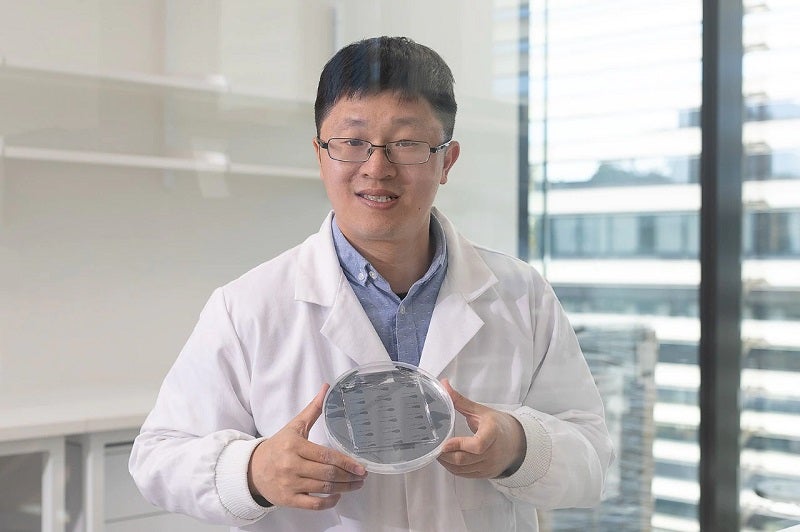
The University of Sydney’s Nano Institute and School of Biomedical Engineering biomedical engineer Dr Arnold Lining Ju is developing a new biomedical micro-device that can detect early signs of a heart attack or stroke.
Developed based on an integrated microfluidic chip, the device can detect subtle platelet changes that occur before a heart attack or stroke takes place.
How well do you really know your competitors?
Access the most comprehensive Company Profiles on the market, powered by GlobalData. Save hours of research. Gain competitive edge.

Thank you!
Your download email will arrive shortly
Not ready to buy yet? Download a free sample
We are confident about the unique quality of our Company Profiles. However, we want you to make the most beneficial decision for your business, so we offer a free sample that you can download by submitting the below form
By GlobalDataA blood sample from a person’s finger is collected and analysed for platelet clotting and white cell inflammation responses.
An external operating system can immediately process the result.
The university’s research forms part of a former long-term collaboration with the Heart Research Institute Charles Perkins Centre cardiovascular research director Shaun Jackson.
Lining Ju said: “How this device would work is that an at-risk person, for example, someone with heart disease, would use it daily.
“Using a finger prick test, the device would monitor their blood and alert them to any potentially dangerous changes. If a change was detected, they would need to present for more monitoring at a hospital.”
In Australia, heart attacks and strokes each affect nearly 55,000 people every year.
They are mostly caused by blood clots that block the flow of blood to the heart.
New facilities at the University’s School of Biomedical Engineering will allow further development of the device.
University of Sydney Biomedical Engineering student Yunduo Charles Zhao said: “In the near future, we plan to apply artificial intelligence to understand an individual’s blood work, with the aim of creating a personalised blood profile of that person.”




